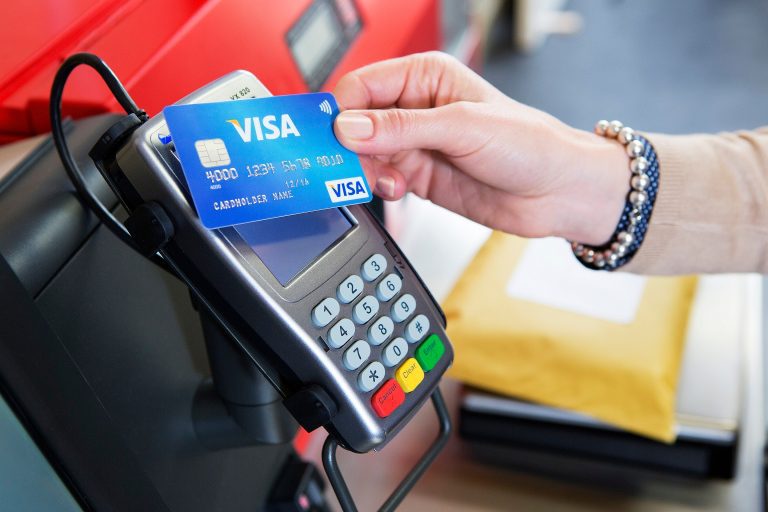
A POS device is a point of sale terminal that allows you to accept payments in-person. It can include a card reader, barcode scanner and printer.
A customer comes to your farmers market booth, pays for a jar of homemade peach habanero jelly and you swipe their credit card. That’s a POS transaction.
1. Hardware
POS hardware includes all the input and output devices that help the POS software work at the point of sale. This includes everything from a large terminal used in many offline stores to mobile devices that can be carried around by retail employees.
The most important POS hardware is a card reader, which is necessary to process any type of in-person customer payment. A card reader can be a component of a larger terminal or can be a small attachment for mobile devices that connects to the POS software and credit card processing network.
Other essential POS hardware includes a kitchen printer, which prints out orders for food or beverage items so that the kitchen staff can prepare them. A barcode scanner allows you to scan products and input them into the POS software, which will then automatically calculate how much the item costs and display it on the screen. A cash drawer is also an important piece of POS equipment because it keeps all the cash that you collect from transactions in one place so that no one can steal money.
2. Software
POS system software facilitates payment processing, logs sales and labor information and, ideally, syncs it with your accounting software. Some POS systems also feature self-ordering kiosks that empower customers to make their own orders and pay, helping you free up staff to focus on other business needs.
A POS system can be run on a tablet, laptop, cash register or other computerized hardware. The system’s software reads the barcode on a product and automatically enters sales tax, displaying the total amount that the customer must pay. Then, the shopper swipes her credit card through a compatible reader and the POS system software sends a payment request to her bank. The bank authorizes the request and the transaction is complete. A POS system can also enable monthly instalment payments through banks, brand offers or NBFC schemes. This helps expand your customer base and increase the purchasing power of your existing customers. Look for a POS system that lets you tailor CRM functions such as segmentation and loyalty program tracking to your unique business needs.
3. Integrations
POS device payments aren’t as effective unless they’re integrated with other important business tools. That’s why it’s essential to select a provider that offers POS device integrations for a unified payment experience.
For example, let’s say you operate a farmers market stand that sells your hot jellies and jams. A customer decides to purchase your peach-habanero best seller, inserts their credit card and boom: another POS transaction has happened.
The POS terminal passes the credit card information to its software, which communicates with banks and credit card networks to complete the transfer of funds. Similarly, POS software integrations can automatically update sales and inventory data so you always have the most accurate and up-to-date information in your hands. This also helps you reduce the time spent calculating receipts and sales manually.
4. Security
POS malware is an ongoing threat to businesses that accept credit card payments. The best way to prevent it is by adhering to POS security standards and practices. These include encrypting all data upon entry, notifying customers of any breach, using end-to-end encryption, and regularly testing the POS software for vulnerabilities. In addition, organizations should make sure their employees are following POS security best practices, including using strong passwords (a combination of capital and lowercase letters, numbers, and special characters) and keeping the POS software up-to-date.
Some POS systems function like standard computers and tablets, which can lead to employees surfing the internet or playing games on them when they aren’t ringing up customers. It only takes one click on a malicious link or download to put the system at risk. Regularly checking the POS system for vulnerabilities and requiring staff to lock down devices at the end of the day can help mitigate this risk.